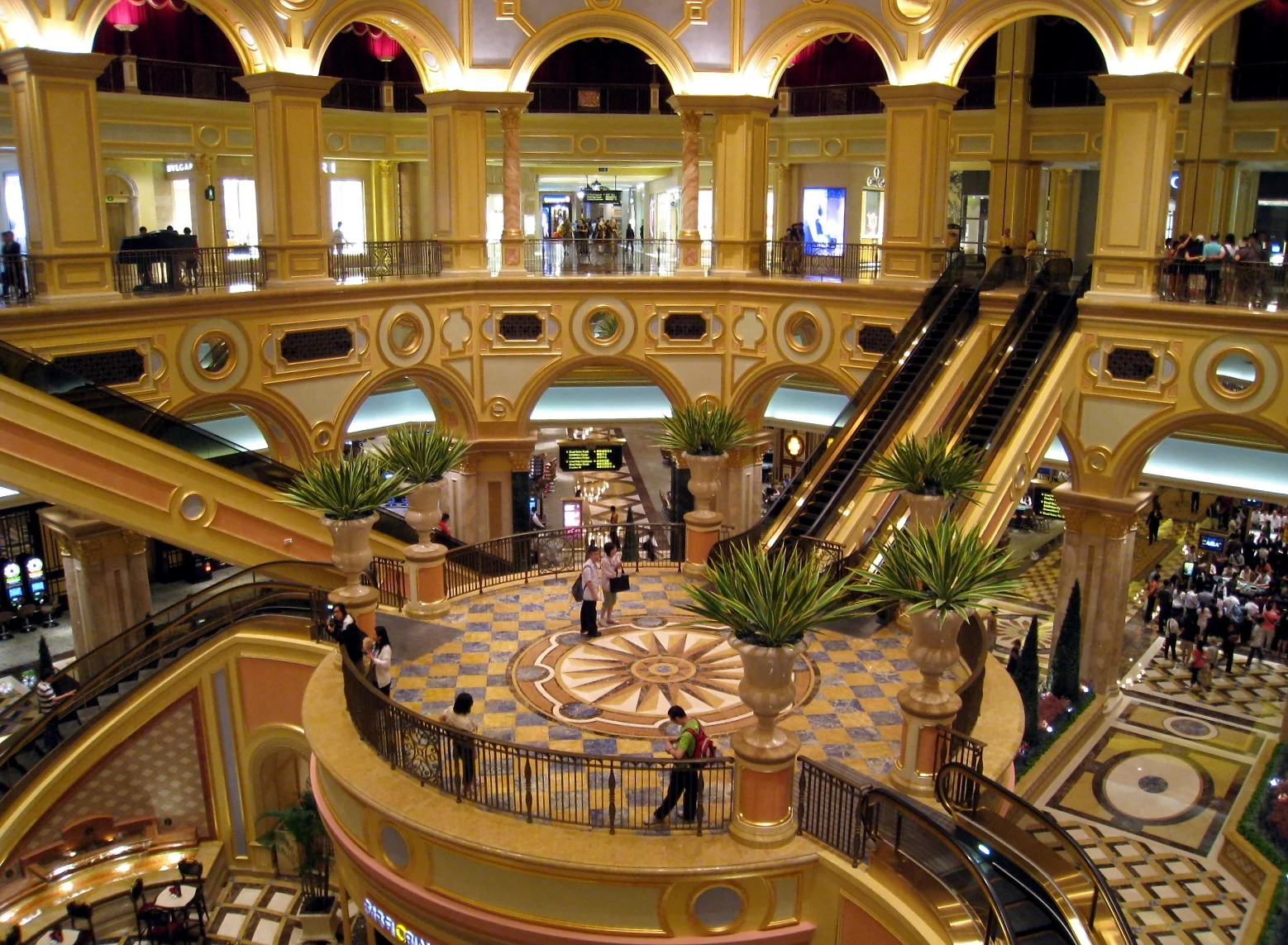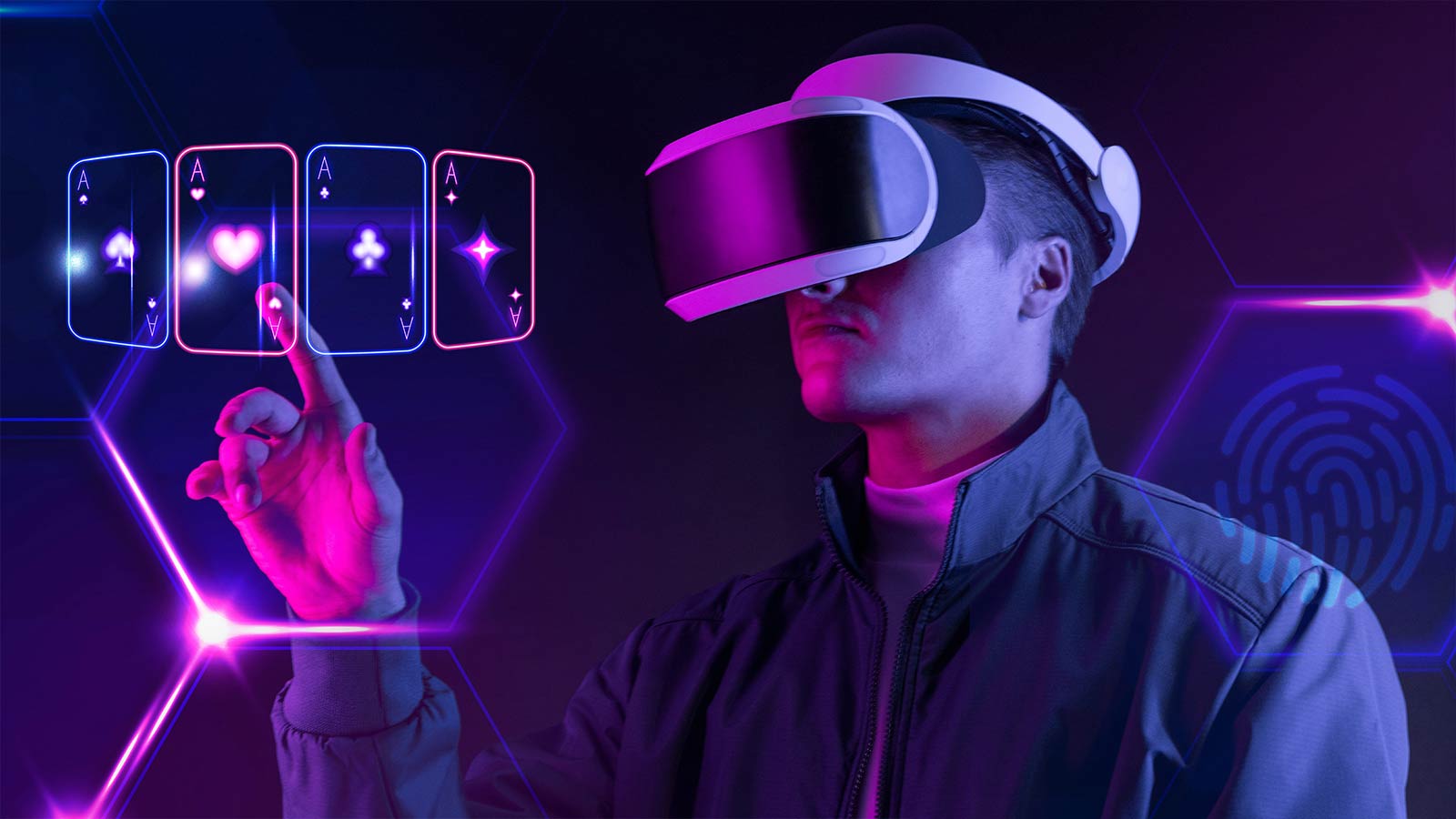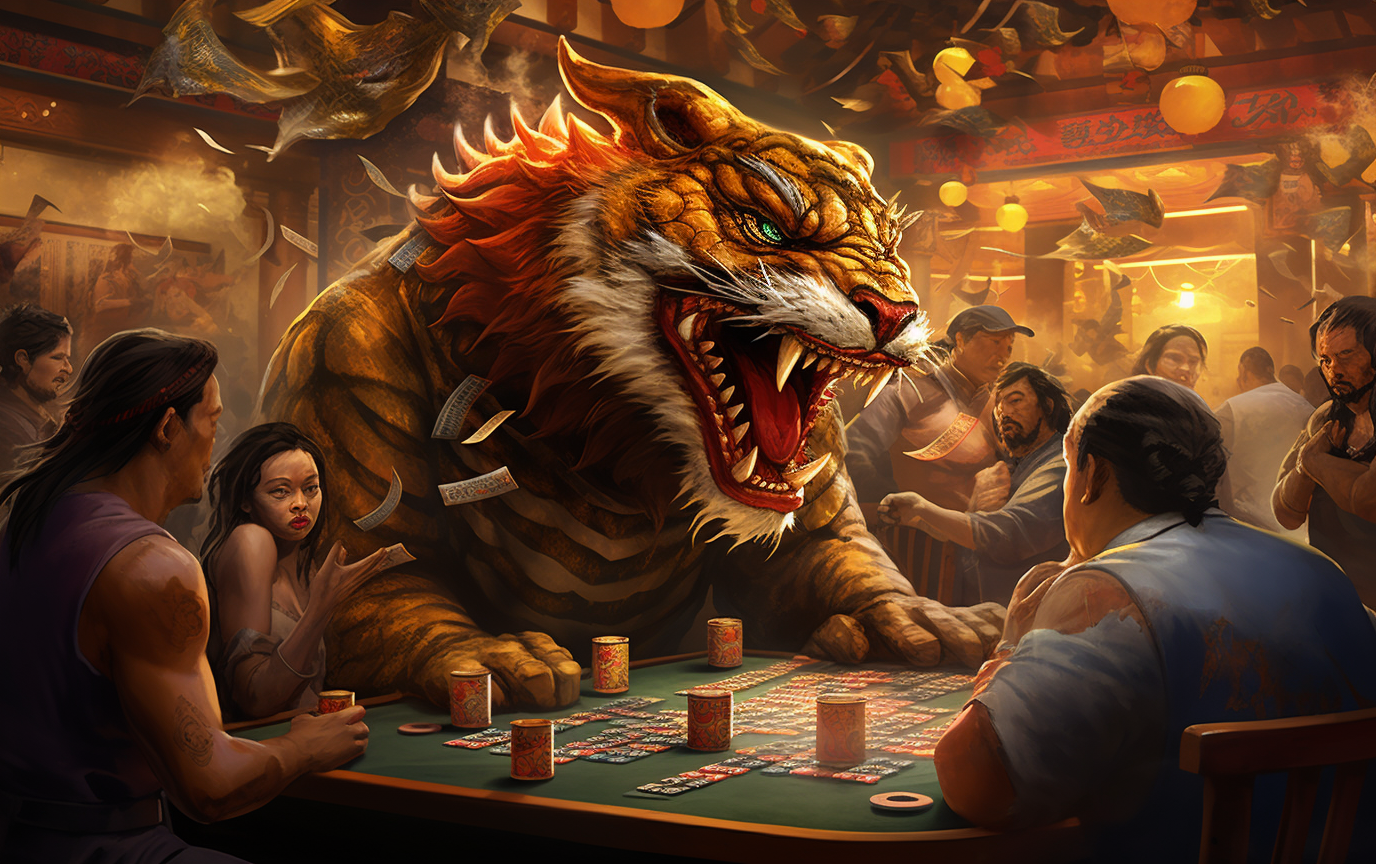First Off
Arranging gaming tables and slot machines is but one aspect of casino design; there is much more to it. Every element has been thoughtfully designed to promote gaming, from the layout and decor to the lighting and music. We examine the psychological and artistic principles of casino design in this essay.
Design’s Effect on the Player Experience
Our studies indicate that the total player experience at a casino is significantly influenced by its design. Our experience tells us that ambient elements like colour, lighting, and music create a mood that affects how happy and how long guests stay to gamble.
We found that open floor plans and simple navigation encouraged nonstop gambling when we tested them in casinos. Our research demonstrates that well-thought-out casino design improves and maintains player engagement.
Establishing an Air of Elegance
Luxury casinos aim to immerse visitors in a wealthy and sophisticated setting. Exquisite furnishings, striking accents, and elaborate architectural elements create a regal atmosphere, as our tests have shown. Our team found that they evoke a sense of status by utilizing luxurious materials, ornate embellishments, and rich textures.
We tested it and discovered that lighting is a significant factor in mood establishment. We looked at this design aspect and found that wall sconces, pendant lights, and chandeliers create sophistication. We know that a glitzy, luxurious atmosphere draws high-end patrons and VIP gamblers.
The Design Psychology
Strategic psychology is used in casino design to promote gambling behaviour. Our experience tells us that excellent blue and purple illumination facilitates playing for more extended periods. According to our research, time cues that could interrupt gaming sessions are eliminated when there are no clocks or windows.
Our experience with maze-like layouts has shown that they make it challenging for players to leave, which leads to more stops at tables and slots. Our research showed that the thoughtful positioning of ATMs and chip fill stations reduces the minimum time spent away from the gaming floor.
Our testing indicates that even minor elements are purposefully created to enhance the gaming experience. For instance, by installing soft carpets, our team was able to isolate an area and reduce background noise from casinos.
Creating for Various Casino Types
| Design Element | Luxury Casinos | Themed Casinos | Regional Casinos | Online Casinos |
| Lighting | Chandeliers, pendant lighting, wall sconces | Colored lights, neon accents | Warm lighting, lamps | – |
| Sound | Live music, jazz | Sound effects, themed music | Casual background music | Ambient casino noises |
| Furniture | Tufted leather, ornate wood | Stylized, thematic furniture | Comfortable, casual seating | – |
| Decor | Marble, gold accents, glass | Immersive scenery, props | Local artwork, nature photography | High-resolution graphics |
| Layout | Sprawling, open | Maze-like, discovery | Simple navigation | Intuitive site navigation |
| Amenities | Upscale restaurants, bars, spa | Custom menus, themed drinks | Cafes, lounges, basic eateries | – |
The audience and ambience of a casino influence the design formula differently. According to our research, luxurious amenities, elaborate décor, and premium materials are the main draws for wealthy gamblers at luxury casinos. On the other hand, themed casinos use workers dressed in costumes, lighting, music, and iconography to immerse visitors in an immersive environment.
Locals are the target audience for regional casinos rather than visitors. Our observations indicate they prioritize comfort by utilizing cosy lighting, relaxed seating, and user-friendly navigation. Online casinos use immersive audio, crisp images, and simple navigation to replicate the exciting casino atmosphere.
The Future of Design in Casinos
New technologies offer fresh chances to improve casino architecture. Our experience shows that as environmental awareness increases, casinos add more environmentally friendly features, including non-toxic coatings, recycled materials, and energy-efficient lighting.
Our research into this sector indicates that virtual and augmented reality will affect how casinos are designed, fusing virtual and real-world gameplay. Robotics and AI development could also result in automated features and customized gameplay for each user.
In summary
A clever design concept lies behind the flash and glamour of any casino. Casinos use theming, psychology, design, and technology to keep players fully engaged in the action. The boundaries between gaming and reality will become increasingly hazy as innovations are developed and incorporated into casino designs. There’s no denying that casino design will always put luxury, charm, and good fortune right at the guests’ fingertips.
Q&As
- Which psychological tricks are incorporated into the designs of casinos?
Casinos purposefully shape visitor behaviour and promote extended gaming sessions by utilizing lighting, layout, sound, and décor components. - How does lighting impact the ambience of a casino?
Different emotions can be created with deliberate lighting; cool colours encourage calmness, while warm colours evoke activity. More light encourages guests to move around. - Which design components are seen in upscale casinos?
To project status, luxury casinos use high-end materials like stone, rich wood, leather, and ornamental embellishments. - What is the effect of technology on casino design?
Thanks to emerging technologies like VR, robotics, and AI, casino experiences will become more automated, personalized, and immersive. - What are the main distinctions between the designs of casinos found online and offline?
Online casinos imitate vibrant physical environments through high-definition visuals, background music, and user-friendly navigation.

James Brown is a seasoned writer and author of numerous insightful articles featured on the Foggy Bottom Association’s website. With a passion for community development and urban planning, James delves into a wide range of topics related to the Foggy Bottom neighborhood and its surrounding areas.




